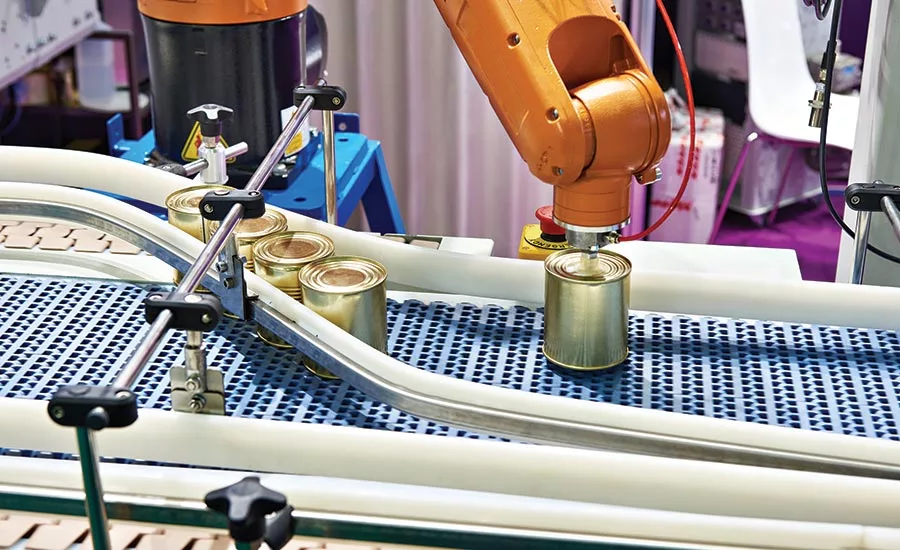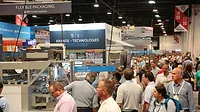Pack Expo
Pack Expo Preview: Tackling common robotics concerns

Although the food industry lags behind industries such as automotive manufacturing in adopting robots, the technology is becoming more common.
Copyright: Getty images
Robotic units have increased by more than 47% between 2017 and 2018 in the food consumer packaged goods (CPG) arena, according to the Industrial Robot Growth and Opportunity infographic by PMMI, The Association for Packaging and Processing Technologies.
This growth occurred despite the food industry’s slower deployment of robots when compared to other industries, such as automotive. This disparity is partially due to the hesitance of small and medium-sized enterprises (SMEs), which make up much of the industry, to invest in robotics solutions. However, there are many reasons for companies to reconsider.
Firstly, the food industry is generally less prone to cyclical swings in demand than other markets—especially amid periods of economic uncertainty—making it a more secure sector to implement automation. Secondly, a perfect storm of factors is forming to support the investment. The need for increased throughput, lack of low-cost labor and technology advancements have all led food manufacturers to consider where robotics may help them improve their bottom lines.
Robotics use across the manufacturing line—including processing, primary, secondary and transport packaging—is also steadily increasing. This growth can be attributed to many of the operational benefits that robotics offers, including satisfaction of labor shortages and expenditures; higher throughput rates; the elimination of repetitive and unsafe tasks and therefore increased efficiency; more flexibility in manufacturing; and improved quality, control and consistency. However, before companies enact a plan to implement robotics for its abundant benefits, there are several key considerations that must be made.
Calculating TCO
One of the most common concerns with implementing robotics is the upfront capital investment required. The capital cost not only includes the initial payment for hardware and software associated with the robot, but also the installation, integration, training, and education and safety equipment. Companies must consider the running costs such as maintenance, repair and programming, as well as the possible addition of in-house or third-party expertise. However, calculating the total cost of ownership (TCO), or direct and indirect costs surrounding the new system and its projected lifespan, will enable manufacturers to better assess value and select the right technology. Today, lower cost solutions are becoming even more prevalent with collaborative robots and smaller robots serving as attractive options.
Readying the Workforce
Training is another factor that is essential to support the programming and operation of robotic equipment. While food manufacturers may be apprehensive about adopting the technology for fear that personnel will have to be reallocated to alternative job functions or learn complex programming skills, robot vendors have made significant improvements to the user interface and programming elements already. Robots today are becoming easier to program and changeover in response to the growing skills gap on the factory floor.
While robotics capabilities have expanded to address a range of applications beyond secondary and tertiary packaging, for example tackling more processing activities and directly handling food, companies may still have concerns surrounding the limitations of robots. Concerns stem from the technology lacking the human ability to troubleshoot and make important decisions on the production line. However, companies should aim to maintain skilled personnel equipped to not only understand the machines but also how to resolve potential errors.
PACK EXPO Las Vegas 2019 and the co-located Healthcare Packaging EXPO (Sept. 23-25, 2019; Las Vegas Convention Center), produced by PMMI, will feature an immersive Robotics Zone. Located in booth N-850 in the North Hall, the Robotics Zone will spotlight leading robot providers and opportunities to interact with cutting edge robotic technologies firsthand.
Looking for a reprint of this article?
From high-res PDFs to custom plaques, order your copy today!








